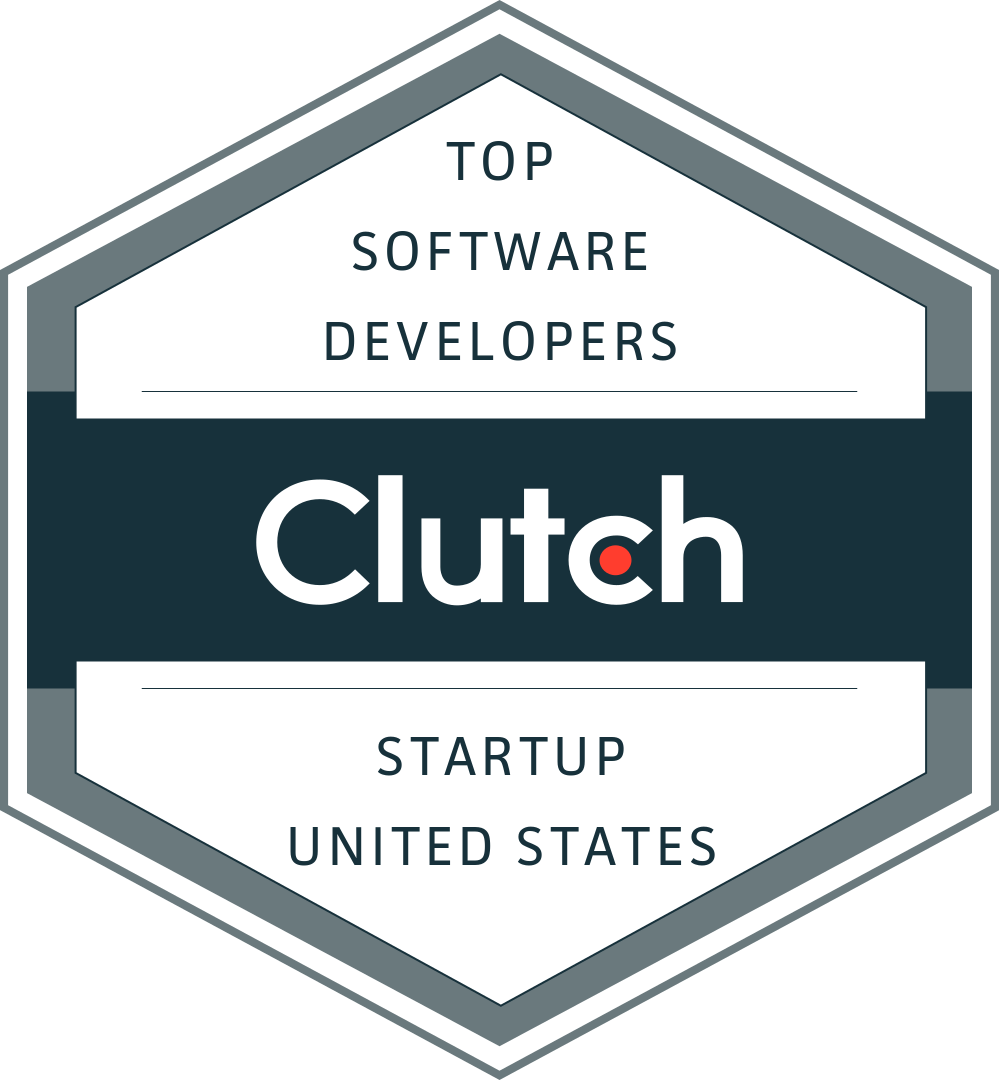The Software Dilemma: Build It or Buy It, Part III: Time to Make a Decision
In our last two blogs we looked at the factors involved and the advantages and disadvantages of both pre-built and custom-built software. This week we are going to take a look at how to use this information to make a final decision and specific steps you can take to ensure your decision is the right one.
In our last two blogs we looked at the factors involved and the advantages and disadvantages of both pre-built and custom-built software. This week we are going to take a look at how to use this information to make a final decision and specific steps you can take to ensure your decision is the right one.
We’ve broken down the decision process into five main steps, including: defining and prioritizing your needs, conducting user research, engaging internal stakeholders, assessing in-house expertise and resources, and evaluating the advantages and disadvantages associated with the factors involved in both options.
Let’s look at these steps more closely.
Define and Prioritize Your Needs
- Clearly articulate your software requirements. Identify what your business needs are – now and in the future.
- Categorize these needs into must-have features, important but not critical features, and nice-to-have features.
- Align these requirements with your long-term business goals and strategic objectives to ensure the software will support your growth.
Conduct User Research
- Determine who will be using the software, such as customers, employees, or external partners.
- Use surveys, interviews, etc., to understand pain points, workflows, and expectations.
- Develop user personas to guide development decisions, ensuring the software meets user needs.
Engage Internal Stakeholders
- Hold meetings with key stakeholders from various departments such as sales, customer support, operations, and IT to gather their input and requirements.
- Document their needs and expectations, noting any departmental-specific requirements that the software must meet.
- Ensure all perspectives are considered to create a comprehensive view of what the software needs to achieve.
Assess In-House Expertise and Resources
- Evaluate the technical skills and capacity of your in-house team to develop, implement, and maintain the software.
- Identify any gaps in expertise that might necessitate hiring new staff or outsourcing certain tasks.
- Consider the availability of internal resources for ongoing support and future updates.
Evaluate Advantages and Disadvantages of Factors Involved in Both Options
Let’s look at the specific factors involved and the considerations you will need to make to help make your final decision on whether to go the pre-built or custom-built software route.
Cost: Look at the total cost, including the initial purchase or development costs, licensing fees, and ongoing maintenance and support expenses. Factor in potential hidden costs such as training, customization, and integration efforts. Consider long-term costs and savings, such as reduced operational costs or improved efficiency from a custom solution. Pre-built software often follows a subscription-based model (SaaS), meaning ongoing costs could be higher in the long run depending on usage.
Time: Determine the deployment time for your options. For pre-built software, estimate the time required for installation, configuration, and user training. For custom software, account for the entire development lifecycle, including requirement gathering, design, development, testing, and deployment.
Implementation & Integration: Assess how well off-the-shelf software or custom solutions would integrate with your existing systems, processes, and workflows. Check for available APIs and data exchange capabilities to ensure smooth interoperability with other software you use. Evaluate the potential impact on your IT infrastructure and any necessary changes or upgrades.
Customization & Flexibility: Determine the level of customization needed to meet your unique business needs. Assess how flexible each option is in terms of adding new features or making changes in the future. For custom solutions, ensure that the development framework and architecture allow for easy modifications and scalability.
Scalability: Assess whether the software can scale and grow with your business and handle increased loads or expanded functionality. Consider the costs and technical requirements of scaling options for both solutions. Pre-built software often excels at horizontal scaling (e.g., adding more users), but custom software can be built to handle specific vertical scaling needs, like increasing performance for heavy computational tasks.
Maintenance: Consider the ongoing maintenance requirements for both pre-built and custom software. Determine who will provide maintenance and support: your in-house team, the software vendor, or a third-party provider. Ensure that maintenance contracts include timely updates, bug fixes, and support for any future changes.
User Experience: For pre-built software, assess the user interface, ease of use, and available vendor support. Determine if the software can be easily adopted by your team and meets their usability expectations. Consider the potential for ongoing improvements and how quickly user feedback can be incorporated into updates and enhancements.
Competition: Evaluate whether a custom solution can provide unique features that differentiate your business from competitors. Consider how proprietary features can give you a strategic edge in the market. Assess whether off-the-shelf software can offer similar advantages through customization or add-ons.
Security: Evaluate the security features to ensure they meet industry standards and protect sensitive data. Check for compliance with relevant regulations such as GDPR, HIPAA, or industry-specific standards. Ensure that the software includes robust security measures such as encryption, access controls, and regular security updates.
Ownership: Understand the implications of software ownership, including intellectual property rights for custom software. For pre-built software, review licensing agreements to understand usage restrictions and renewal terms. Consider the benefits of full ownership with custom software, such as control over features, updates, and the ability to sell or license the software to others.
Make a Decision!
Once you’ve gone through all these steps and carefully assessed your unique software requirements, you should be able to make an easy decision that will align with your business goals and help your business thrive now and in the future.
Whether you’ve chosen to build or buy, you’re now one step closer to transforming your business with the perfect software solution. Celebrate this milestone with your team, then get ready to embark on the exciting journey of implementation. Cheers to making a smart, informed choice!
We hope these blogs have helped you on your journey to decide whether to build custom software or purchase an off-the-shelf solution. Please join us next week when we will discuss how to choose an appropriate software developer should you choose to go that route.
Phone: (503) 468-4880
Email: connect@buildableworks.com
What can we help you with?
Talk with an expert at Buildable about your project.
This site is protected by reCAPTCHA. Google Privacy Policy and Terms of Service apply.
Copyright © 2025 Buildable.
All Rights Reserved
Privacy Policy | Terms of Service
Let's build what's next. Together.




